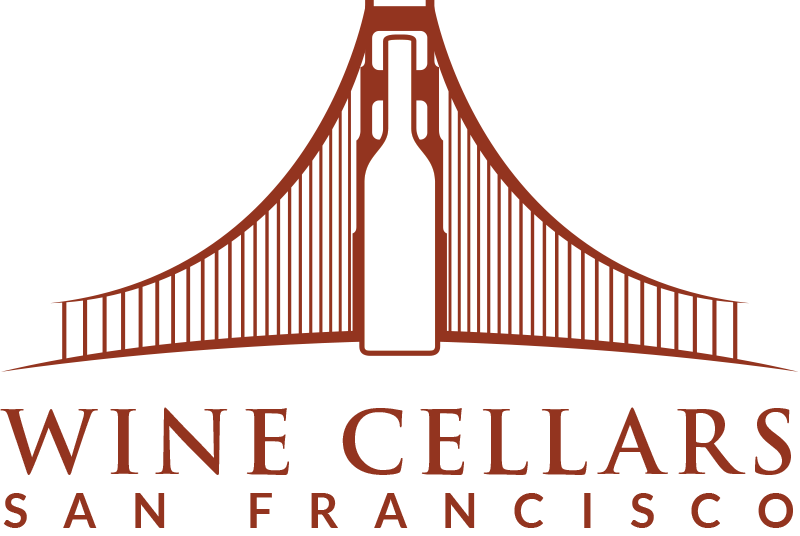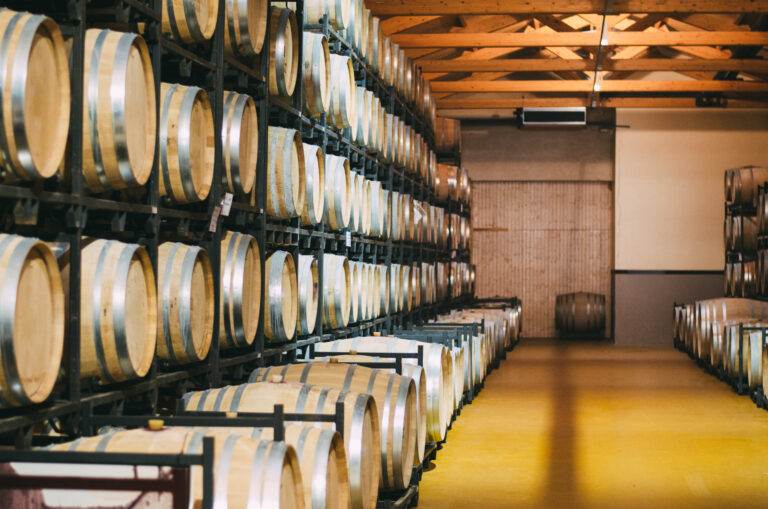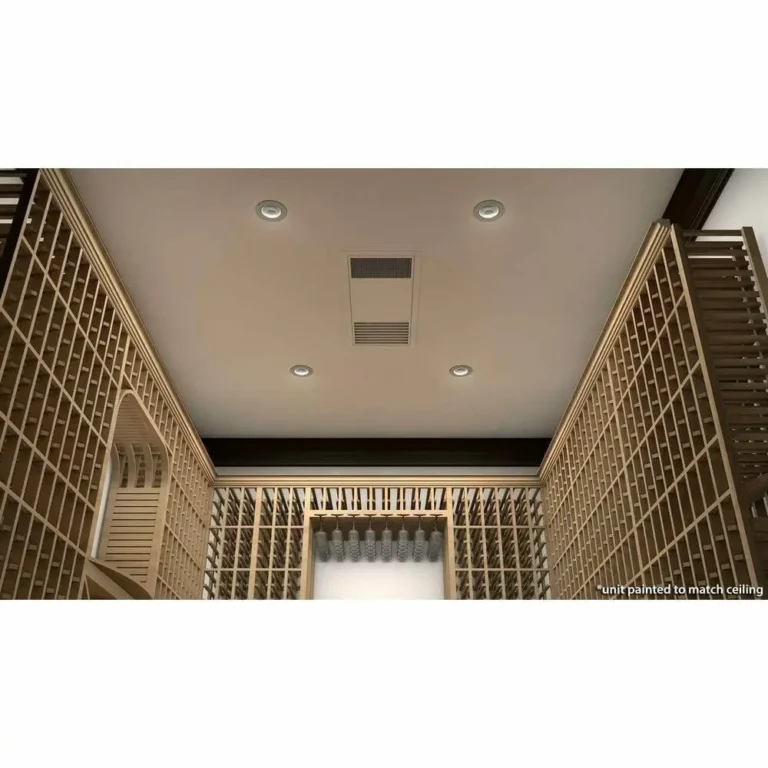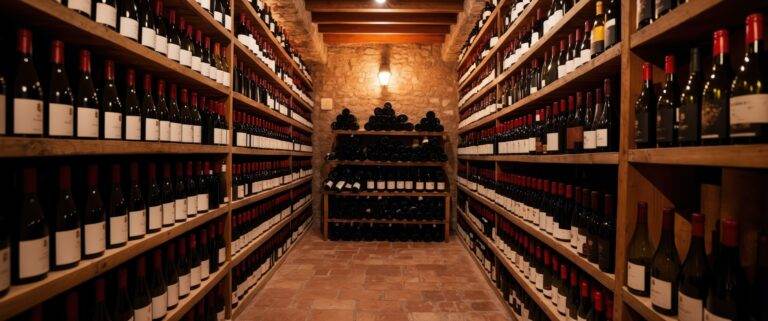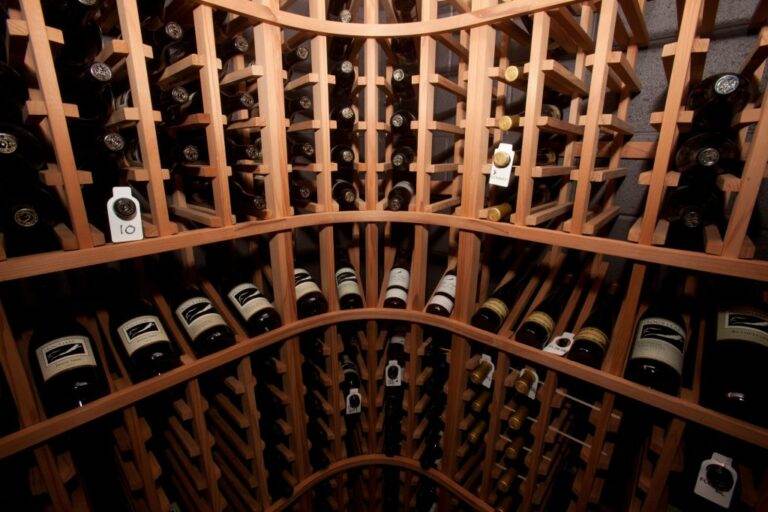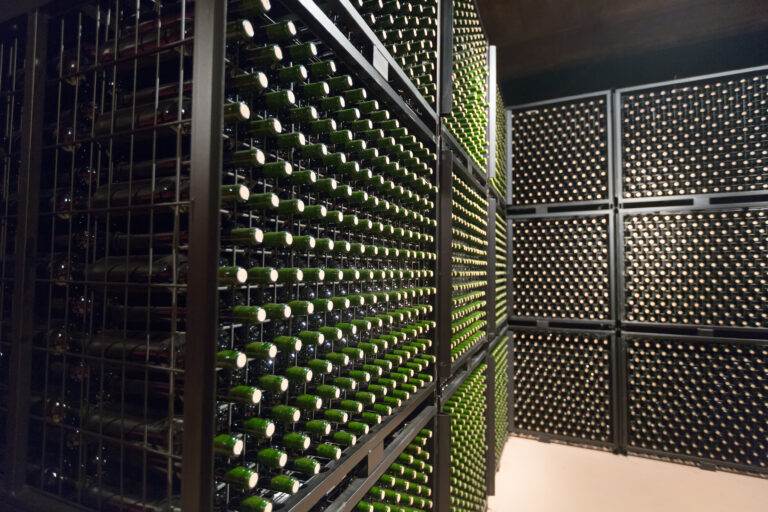Introduction
In the realm of wine enthusiasts and collectors, maintaining the integrity of their prized collections is paramount. Understanding the importance of proper wine refrigeration is essential for anyone looking to preserve the delicate flavors and aromas that define high-quality wines. This necessity serves as the foundation for not only protecting these investments but also enhancing the overall wine-drinking experience.
Importance of Wine Refrigeration
Proper wine refrigeration ensures that wine is stored at optimal temperatures, which is crucial for its maturation and longevity. Fluctuations in temperature can lead to undesirable chemical reactions that compromise the wine’s quality. Wine, especially fine varieties, requires a consistent environment that regulates temperature and humidity to maintain its integrity. This is particularly vital for red and white wines, as each type has specific storage needs to retain optimal taste and aroma.
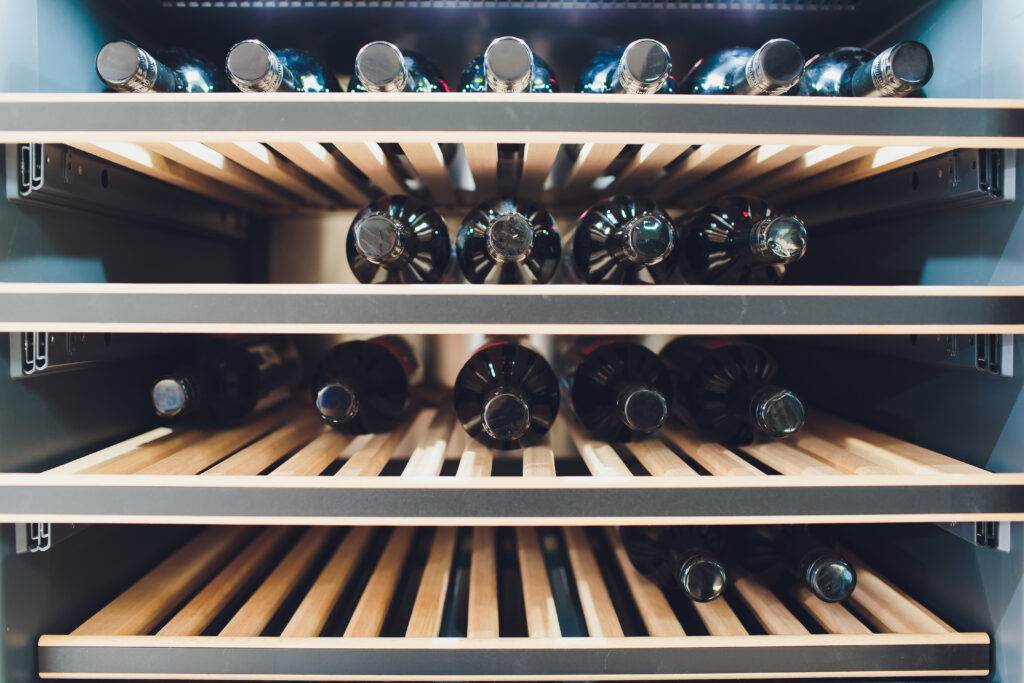
Overview of Essential Features
When considering wine refrigeration, essential features such as temperature control, humidity regulation, UV protection, and vibration absorption cannot be overlooked. Temperature control mechanisms allow for precise monitoring, while humidity levels ideally range between 50% and 70% to prevent corks from drying out. Moreover, UV protection safeguards from harmful light exposure, and vibration absorption features ensure that wine sediment remains undisturbed. Together, these features create an environment that promotes the proper aging of wine, ensuring that each bottle is ready to deliver its finest experience when it’s time to uncork.
Proper Temperature Control
Maintaining the right temperature is critical for wine preservation, which is why advanced refrigeration systems have been developed to cater to these needs. A primary aspect of effective wine refrigeration is the incorporation of dual zone cooling systems.
Dual Zone Cooling
Dual zone cooling allows for separate temperature settings within the refrigerator, accommodating both red and white wines, which typically require different storage conditions. Red wines flourish at slightly higher temperatures, generally between 55°F to 65°F, while white wines benefit from being stored at cooler temperatures, ideally around 45°F to 50°F. By utilizing a dual zone system, wine collectors can ensure that each wine type is maintained at its optimal temperature, enhancing the quality and longevity of their collections. Such systems prevent the risk of flavor loss or spoilage, thus preserving the wine’s intended profile for years to come.
Digital Temperature Display
Additionally, the presence of a digital temperature display is advantageous for wine collectors. This feature allows for precise monitoring of the internal environment, providing real-time readings of temperature and ensuring that it remains stable. This is crucial because maintaining the right temperature can significantly influence the chemical reactions within the wine bottle. With a digital display, users can easily make adjustments as needed, offering a level of control that is vital for effective wine preservation. These technological advancements underscore the essential role that proper temperature control plays in preserving the integrity of high-quality wines.
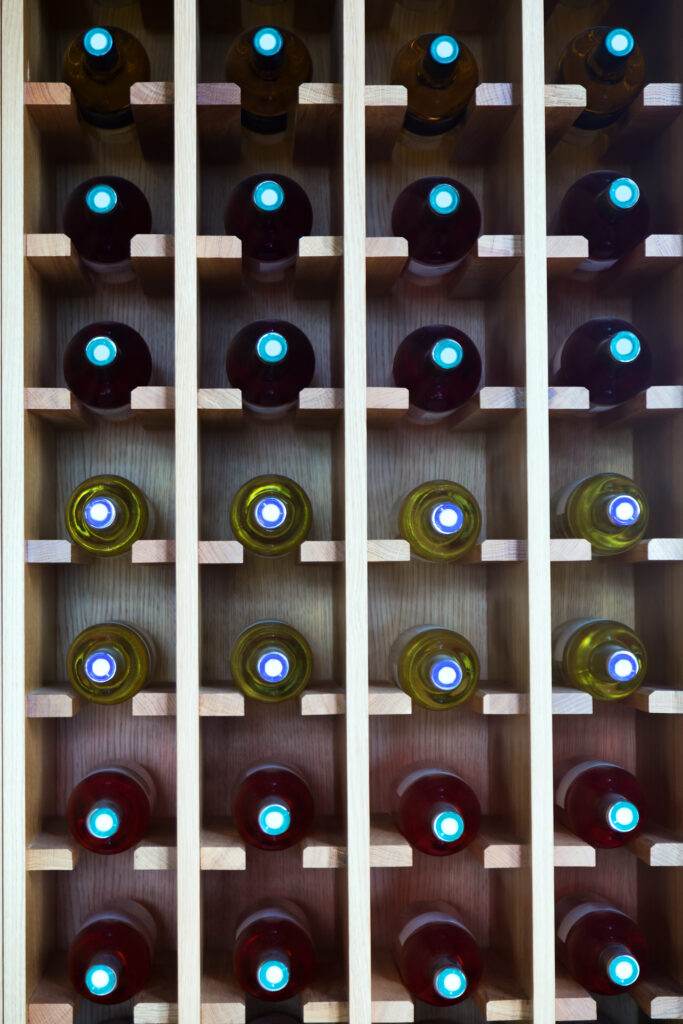
Humidity Regulation
Maintaining proper humidity levels is another critical factor in wine preservation that complements temperature control. High-quality wine refrigerators often include advanced humidity regulation systems that ensure the ideal environment for aging and storing wine. Typically, maintaining a humidity level between 50% to 70% is recommended for optimal wine storage.
Built-in Humidity Control
Built-in humidity control features are essential for wine collectors looking to protect their valuable investments. These systems automatically regulate moisture levels within the refrigerator, preventing both excessive dryness and unwanted humidity. When the humidity is too low, corks can dry out, leading to oxidation and spoilage, while excessive humidity can promote mold growth and damage labels. A well-balanced humidity control system ensures that wine corks remain intact, preserving the wine’s quality and longevity.
Infrared Humidity Sensors
Another sophisticated innovation is the incorporation of infrared humidity sensors. These sensors provide continuous, accurate readings of the humidity level inside the wine refrigerator, enabling wine collectors to monitor the environment effectively. By detecting fluctuations in humidity, the sensors can trigger adjustments to maintain a stable environment, safeguarding the wine from unfavorable conditions. Ultimately, the combination of built-in humidity control and advanced sensing technology underscores the importance of humidity regulation in preserving the integrity of fine wines, thereby ensuring that each bottle is enjoyed at its best for years to come.
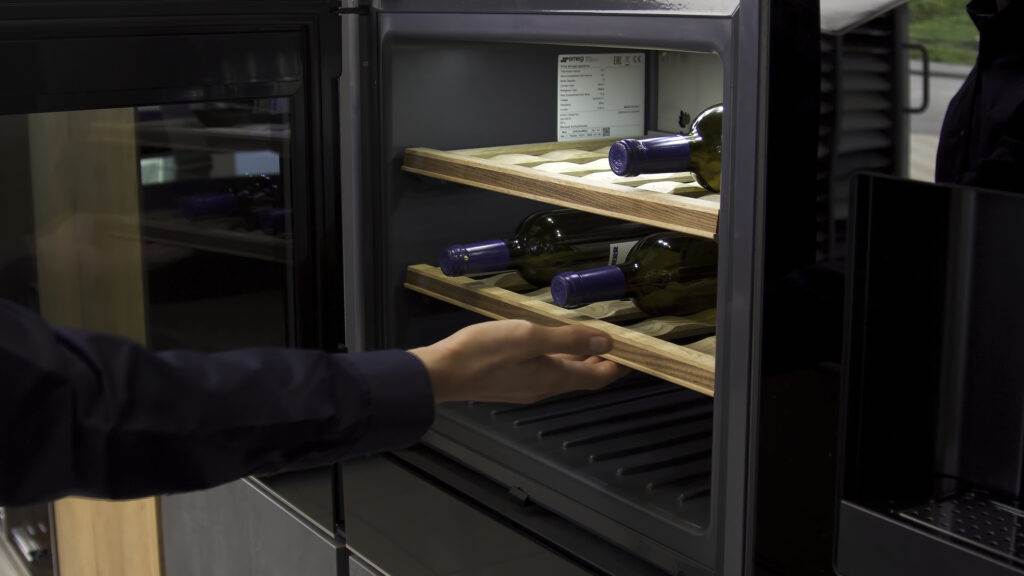
Vibration Reduction
Maintaining the delicate balance of wine quality requires attention to more than just humidity and temperature; vibration reduction is equally critical. Excessive vibrations can disturb sediment in wine bottles, negatively affecting the aging process and flavor profile. Many high-quality wine refrigerators come equipped with features specifically designed to minimize vibrations, ensuring that wines age gracefully and retain their intended characteristics.
Low-Vibration Compressor
Low-vibration compressors are a noteworthy innovation in wine refrigeration technology. These specially designed compressors operate quietly, producing minimal vibrations while maintaining optimal cooling. By utilizing variable speed technology, they adjust to temperature demands without creating the disruptive jolts associated with traditional compressors. This not only enhances the wine storage environment but also ensures that the wine remains undisturbed, allowing it to age harmoniously.
Anti-Vibration System
In addition to low-vibration compressors, a sophisticated anti-vibration system plays a vital role in preserving wine quality. Many wine refrigerators feature shock-absorbing components, such as rubber feet and dampening materials, which significantly reduce vibration transmission from the external environment. This integrated system creates a stable storage setting that is essential for aging fine wines. Furthermore, by eliminating external disturbances, wine collectors can confidently store their bottles, knowing that every aspect of the environment is optimized for the preservation of their prized investments. Ultimately, incorporating vibration reduction technologies is an essential practice for any serious wine aficionado.
Air Circulation
Effective air circulation is a fundamental aspect of optimizing wine storage conditions, complementing the efforts of temperature control and vibration reduction. Proper airflow ensures that temperature remains consistent throughout the wine refrigerator, thereby safeguarding the integrity and quality of aged wines. This section delves into the mechanisms of air circulation in wine refrigerators and its importance in maintaining ideal storage conditions.
Internal Fan
An internal fan is a critical component found in many advanced wine refrigerators. This fan aids in redistributing cool air evenly throughout the storage space, preventing temperature fluctuations that could jeopardize the wine’s aging process. By ensuring that cold air reaches all areas of the refrigerator, the internal fan helps maintain a uniform temperature, preserving the flavor profile and quality of each bottle. As a result, wine enthusiasts can be confident that their precious collections are housed in an environment where they can thrive.
Even Air Distribution
In addition to an internal fan, the system’s design plays a monumental role in even air distribution. High-quality wine refrigerators are engineered to facilitate optimal airflow patterns that prevent hot or cold spots. By promoting consistent air circulation, these units reduce the risk of temperature variations that can cause premature aging or spoilage. Wine collectors who prioritize even air distribution in their refrigeration solutions will find that their wines not only age gracefully but also exhibit the intended characteristics and flavors. Thus, a focus on air circulation should be paramount for anyone dedicated to wine preservation.
UV Protection
UV-Resistant Glass Door
Wine refrigerators often feature UV-resistant glass doors, which serve as a critical barrier against harmful ultraviolet light. Exposure to UV rays can lead to chemical reactions in wine, resulting in adverse effects on flavor, color, and aroma. By utilizing glass with UV-blocking technology, these refrigerators help maintain the integrity of the wine while ensuring that its quality remains untainted. This feature becomes especially important for those who store their wines for extended periods, as even minimal UV exposure can gradually degrade the wine’s quality. Therefore, a wine refrigerator with a UV-resistant glass door provides peace of mind, safeguarding valuable wine collections from potential damage caused by environmental factors.
Dark Interior Lighting
Another important aspect of UV protection lies in the dark interior lighting used in wine refrigerators. Unlike traditional lighting, which can emit UV rays, specialized LED lights are utilized to provide adequate visibility without compromising the wine’s quality. Illuminating the interior of the refrigerator with dark lighting minimizes the risk of UV exposure, thereby protecting the stored bottles. This approach not only enhances the aesthetic appeal of the wine storage unit but also reinforces the preservation of the wine’s character. Collectors who prioritize such protective features within their wine storage solutions will find that they can successfully create an optimal environment, ensuring their wines remain age-worthy and enjoyable for years to come.
Energy Efficiency
Energy Star Certified
Wine refrigerators increasingly prioritize energy efficiency, often bearing the Energy Star certification, which signifies that they meet or exceed strict energy efficiency standards set by the U.S. Environmental Protection Agency. This certification not only translates to lower energy bills for consumers but also demonstrates a commitment to reducing the environmental impact associated with energy consumption. Wine enthusiasts can enjoy their collected vintages knowing they are playing a part in promoting sustainability simply by choosing an energy-efficient model. The difference may seem minimal per unit, but the larger cumulative impact across many households can be significant, contributing to reduced greenhouse gas emissions and less reliance on fossil fuels.
Insulated Doors and Walls
Additionally, well-designed wine refrigerators incorporate insulated doors and walls that serve as barriers against heat transfer. This thermal insulation maintains a stable internal climate, which is crucial for wine preservation, while also minimizing the energy required to maintain the desired temperature. By consistently protecting against external temperature fluctuations, these insulated features ensure the wine storage environment is both efficient and effective. This is particularly beneficial for collectors who desire a long-term storage solution that balances preservation with cost-effectiveness. Collectively, the focus on energy efficiency in wine refrigerators not only enhances their performance but also aligns with a broader trend towards environmentally responsible consumer choices, offering wine lovers peace of mind in both quality and sustainability.
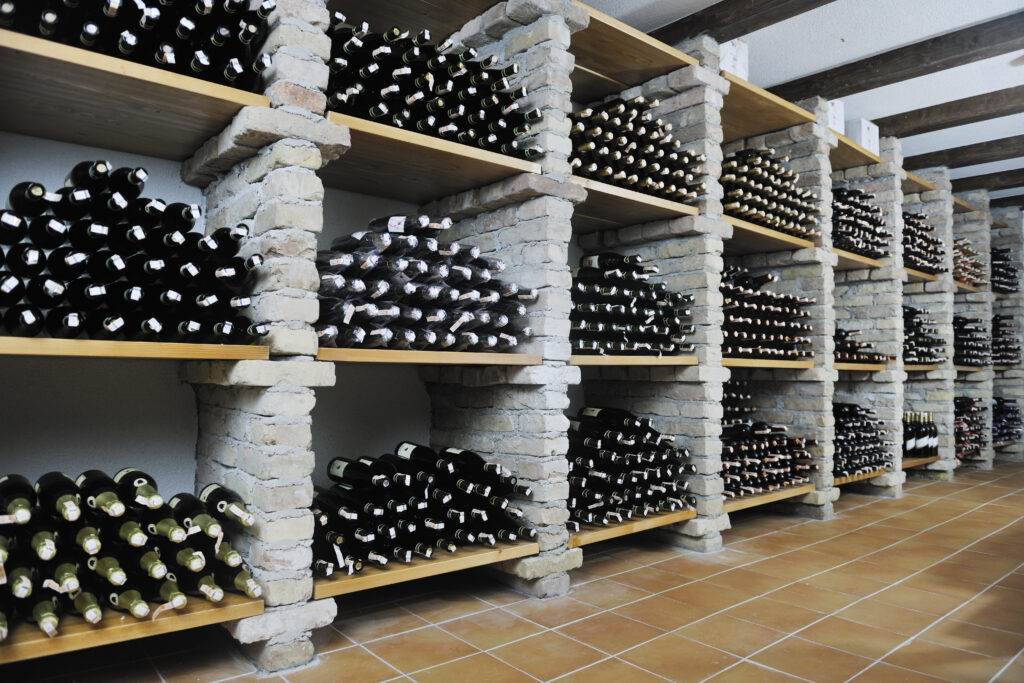
Design and Size
Built-in or Freestanding Options
When selecting a wine refrigerator, one of the primary decisions revolves around whether to choose a built-in or freestanding model. Built-in wine refrigerators are designed for seamless integration into cabinetry, providing a sleek, custom look. This option is ideal for those who want a sophisticated appearance without sacrificing valuable space. On the other hand, freestanding models offer greater flexibility in placement, making them suitable for various locations, such as kitchens, dining rooms, or home bars. This versatility allows enthusiasts to showcase their wine collection in a more accessible manner, depending on personal preference and spatial constraints.
Capacity and Storage Layout
Another crucial aspect to consider is the capacity and storage layout of the wine refrigerator. Wine enthusiasts have diverse needs when it comes to storage, ranging from casual collectors to serious connoisseurs. Therefore, selecting a unit with appropriate capacity is essential. Wine refrigerators typically range from smaller models holding about 20 bottles to larger ones accommodating over 300 bottles. Additionally, evaluating the storage layout can significantly impact usability. Adjustable shelves, optimal bottle spacing, and a layout that supports various bottle sizes, including standard, magnum, and sparkling bottles, enhance the overall storage experience. By ensuring careful consideration of design and size, wine enthusiasts can effectively blend functionality with aesthetic appeal, ultimately enriching their wine-preserving journey.
